How The World Drinks Coffee |
 Print this page Print this page
|
How The World Drinks Coffee

A daily cup of coffee in the morning, or grabbing a cup of your favourite cappuccino with a friend in the afternoon, may feel like just an average part of your day. However, coffee consumption has a rich and storied history throughout time and across the world, with coffee drinking habits differing based on where you happen to be.
Here, we will take a little look into how coffee consumption differs in countries all over the world, including its history, how coffee is made and drunk, the types of coffee favoured, and the cultures surrounding this.

A Tradition Of Coffee In Turkey
First brought to Istanbul by Syrian traders in the 1550s, coffee has grown to become a part of Turkish daily life and culture. From being a mainstay of the traditions and ceremonies of the Ottoman court to the modern-day, Turkish coffee is known for its incredibly high quality.
While coffee is enjoyed in the same way as in many other parts of the world - an iced coffee on a hot day or a quick cup over breakfast - Turkey is also famous for incorporating coffee into its culture. Turkish coffee houses have existed for centuries, and continue to be meeting places where people socialise, discuss the political climate of the day, and play games of backgammon.
Traditional Turkish coffee is also prepared in a rather special way. It is made in a cezve, which is a long-handled copper pot. One cup of water and two teaspoons of coffee are combined and then the coffee is cooked - with sugar at this point, since adding it afterwards is not part of Turkish tradition. When the coffee is boiled, it should be foamy and rich and served with delicious Turkish delight - as well as a glass of cold water.
As you can see, Turkey still enjoys some sense of ceremony around coffee consumption, and it is still a very special drink. To this day, when a prospective husband asks for a bride’s hand in marriage, coffee is traditionally served by his intended bride to her family.

Coffee In The UK, A Nation Of Tea Drinkers
While the UK might be best known as a nation of tea drinkers, and one that enjoys good quality tea throughout the day, on average the British drink two cups of coffee per day. As a nation, the UK has fully adopted the coffee shop culture so popular in the USA, with a foamy latte being a popular choice, over and above the usual instant coffee with milk and two sugars that one might expect.
However, this has not always been the case. Coffee gained popularity in the UK in the 17th century, when it was brought over from the Near and Far East. While nowadays you will see chain coffee shops springing up on every high street, back in the 17th-century, coffee was served in coffee houses inspired by Eastern mysticism. Turkish style coffee houses were common, with names such as The Turk’s Head. It soon became a popular breakfast drink - a sensible replacement for the beer and wine that were previously enjoyed in the morning!
This carries on into the modern-day, with coffee being a popular breakfast drink, which may also be enjoyed hot or cold during the day.

A Passion For Coffee In Italy
While deeply religious Italy initially denounced coffee as evil (this was in 1615, where it was condemned due to its Eastern origins), it is safe to say that nowadays Italy is seen as one of the foremost purveyors (and enjoyers) of quality coffee. Coffee has come a long way from being known as “the devil’s cup” in Italy, and suspicion of delicious drinks from the East has thankfully become a thing of the past!
Nowadays, coffee is a staple of Italian daily life, with many Italians admitting to drinking two to three coffees per day. Many Italians enjoy a tiny cup of dark, strong espresso standing up at the bar to begin their day, spending this time catching up with other locals and discussing current events.
Italy is often seen as the spiritual home of coffee, with Italians giving us the names for many of our favourite beverages that we can find the world over - such as the cappuccino, the latte, and the espresso. Coffee is integrated into Italian culture so fully, that many people would not consider a trip to Italy complete without it! After all, it’s the country that invented the espresso machine, and home to some of the biggest names in coffee like Lavazza. In fact, many Italians and tourists still flock to Caffé Greco, Rome's oldest café, and a popular spot among writers and artists throughout time.

The USA & The Coffee Shop Boom
With 7 out of 10 Americans drinking coffee every week, it is safe to say that coffee is seen as the national beverage of the USA. And yet once upon a time, tea was far more common - as America was colonised by the famously tea-drinking British. However, the Boston Tea Party changed things forever - as tea was thrown into the sea, coffee began to be the more popular choice, with it being seen as representing the civilised world (so claimed by Thomas Jefferson).
Nowadays, Americans drink coffee in many different ways, with chain coffee shops being popular for those just looking to grab a quick cup of reliable caffeine on their way to work. However, there are increasing numbers of independent coffee shops springing up, which focus more on the quality of the beans, and the time taken to get the most flavour from every cup. On any given American city street, you are just as likely to see someone sipping a big icy coffee drink blended with milk and flavoured syrups as you are to see someone delicately sipping from a high-end cup of espresso - with coffee houses being used as gathering spots for everyone.

Favourite Coffees From Around The World
While many countries have their own individual coffee culture, there are often a wide range of coffee based drinks available to customers at most coffee shops. However, there are also some unique favourites that non locals may sometimes find surprising.

Australia: The Flat White
A drink that has gained popularity in a number of countries over recent years, the flat white was invented in Australia and is similar to a cappuccino, however it features a shorter, more intense coffee blended with steamed milk, and topped with foam.

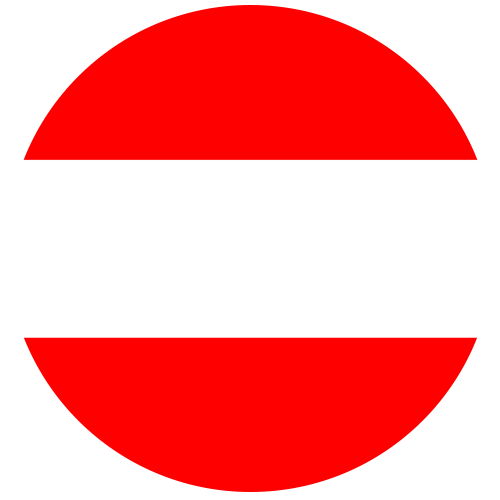
Austria: Wiener Mélange
The most commonly enjoyed coffee in Austria is a weiner mélange, which is a mixture of espresso and steamed milk, hence the name mélange which translates as mixture. It’s topped with foam and is similar to a cappuccino, although typically served in a smaller cup.

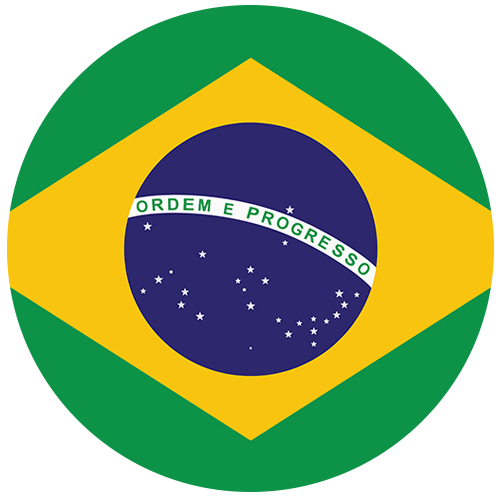
Brazil: Cafezinho
Traditionally served to guests, a cafezinho is a short, strong coffee that’s similar to an espresso but more intense. With a name that translates as little coffee, sugar is added during the brewing process for sweetness, to produce a thick liquid that delivers a small yet powerful hit.

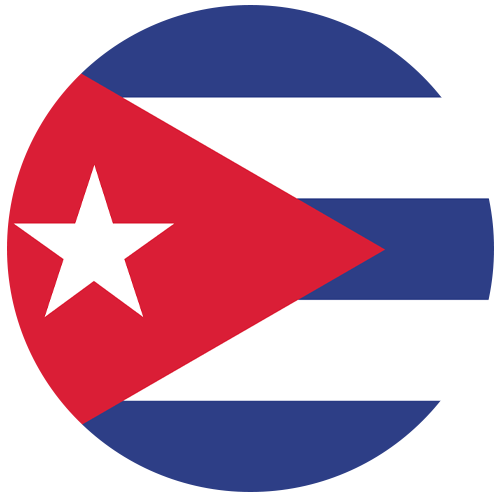
Cuba: Cafe Cubano
Coffee has a firm place in Cuban culture and a cafe cubano is the preferred choice, enjoyed by most coffee drinkers in the country. It’s made by vigorously whipping sugar with espresso to form a sweet crema, which is then used to top a short, intense coffee.

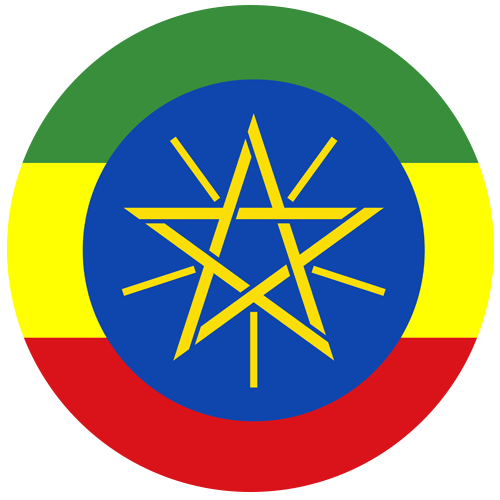
Ethiopia: Buna
Considered to be where coffee drinking originated over 1000 years ago, and now one of the world’s largest coffee exporters, it’s no surprise that the drink plays an important part in Ethiopian culture. Fresh coffee beans are roasted over a fire and slowly brewed as part of a jebena buna, meaning coffee ceremony, in which friends and family gather to enjoy a cup or a few throughout the day.


Finland: Kaffeost
Finland is thought to be the biggest drinking nation in the world, in terms of the amount consumed per capita, anf home to an unusual drink that actually originated in northern Sweden. A kaffeost is made by pouring hot coffee over a special type of dried cheese called Leipäjuusto, which remains solid and can be eaten before, during or after the coffee is drunk.

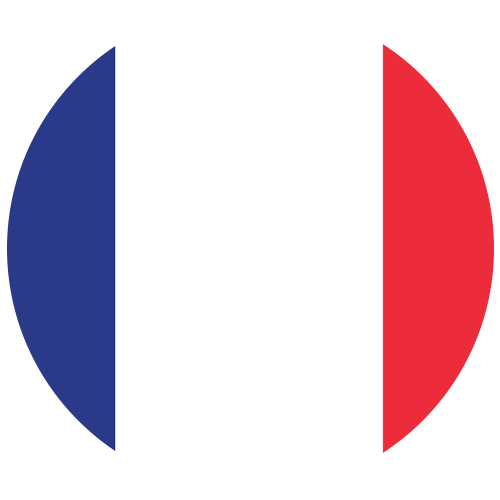
France: Café au Lait
Translating as coffee with milk, a café au lait is a simple drink that’s consumed at all times of day, but particularly in the morning, in France. It’s made by combining freshly brewed coffee with steamed milk, and served in a medium sized cup.

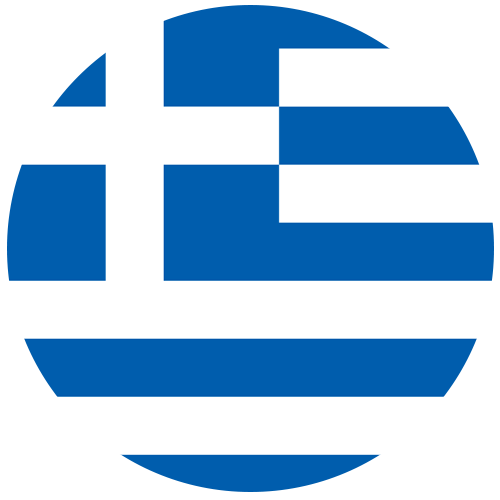
Greece: Frappé
A popular drink to refresh during the heat of the Greek summer, the Frappé is thought to have been invented by a Nescafe employee during the 1950s. It’s made by blending instant coffee with water, milk and sugar which is then shaken to deliver a thick foam, and served poured over ice.


Hong Kong: Yuenyeung
If you’re a fan of both tea and coffee, then a yuenyeng might be right up your street. Popular in Hong Kong and other parts of East Asia, this drink is actually a blend of coffee and milky tea. The tea is first made using condensed milk to add sweetness, and then mixed with freshly prepared coffee for a unique drink.


Ireland: Irish Coffee
A drink that’s famous in many countries outside Ireland, an Irish coffee is made by combining Irish whisky with coffee and sugar, and topped with whipped cream. Often enjoyed after a meal, this is one coffee that you might not want to drink first thing in the morning!


Italy: Espresso Romano
From one of the world’s most famous coffee loving countries, the Italian espresso is used as a base for a lot of the drinks we enjoy at coffee shops. An espresso romano is a popular variation on the classic, which adds a twist of lemon peel that helps to accentuate the flavour profile of the beans.

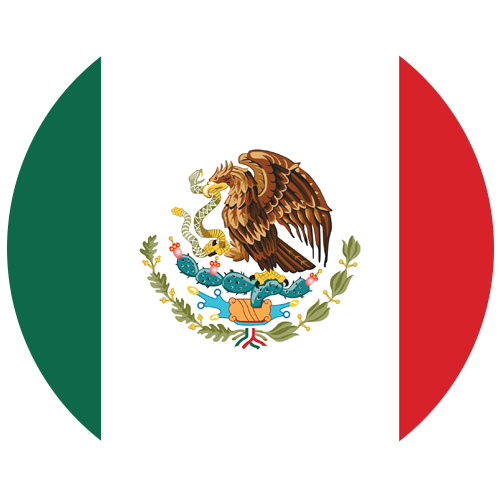
Mexico: Cafe de Olla
Traditionally made in a clay pot called an olla, which translates as pot, this Mexican speciality infuses coffee with cinnamon, and sometimes cloves and anise, for a distinct flavour. It’s also blended with a type of unrefined cane sugar called piloncillo during the preparation process for added sweetness.


Portugal: Mazagran
A popular type of iced coffee in Portugal, a mazagran is made by combining espresso with lemon juice and served over ice. The drink is also sometimes made with a carbonated lemonade type beverage for a uniquely refreshing caffeine hit that’s perfect for summer months.

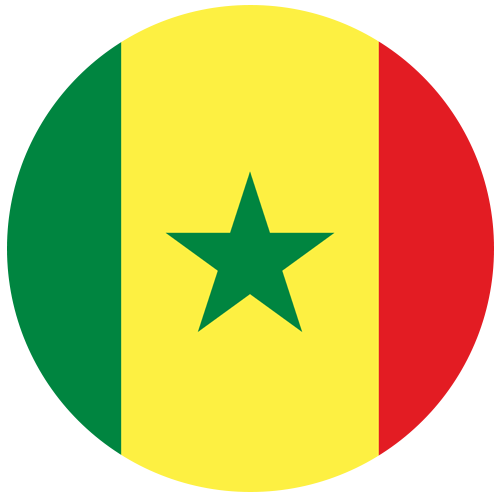
Senegal: Café Touba
Senegal’s café touba is named after the city of Touba in the country, where the drink originated, and delivers a somewhat unique spicy flavour to coffee. It’s made by combining ground coffee beans with dried Guinea pepper, known as dijar, to form a mixture which is then prepared using the filter coffee method.


Spain: Cafe Bombon
A cafe bombon is made by layering sweet condensed milk with strong espresso in equal parts, for a drink that’s both intense yet sweet and creamy. Originating in the Valencia region, the drink is now popular throughout Spain as a short, sweet pick me up consumed throughout the day.


Turkey: Türk Kahvesi
Traditionally made in copper pots, kahvesi is made from finely ground beans that are boiled in water, with sugar added during the process. This provides a coffee with a strong yet sweet flavour, which features a crema on top.


UAE: Qahwa
This distinctly flavoured coffee is popular in the UAE and other Arab countries, and is made by combining strong black coffee made from roasted arabica beans with spices such as cinnamon, cardamom, ginger and saffron. It’s usually served in a small cup and delivers a powerful, bitter tasting flavour profile.

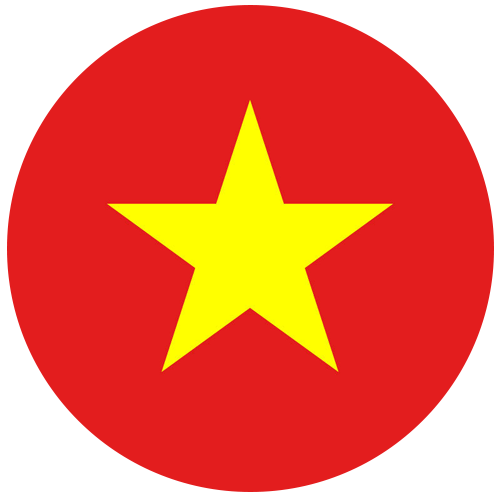
Vietnam: Cà phê ?á
As one of the first countries to start producing robusta coffee beans, it’s perhaps no surprise that this variety is used to produce a favourite drink in Vietnam. A Cà phê ?á is made by brewing robusta coffee using a drip filter method, which is then blended with sweetened condensed milk and served over ice.


How Do You Enjoy Coffee?
There are so many different ways to enjoy coffee across the world that you might sample different styles from other cultures and find your own favourite way to drink your daily cup. Whether you prefer the convenience of instant coffee, or prefer the irresistible taste of coffee made from freshly roasted coffee beans, however you want to drink it, make sure you enjoy every sip!